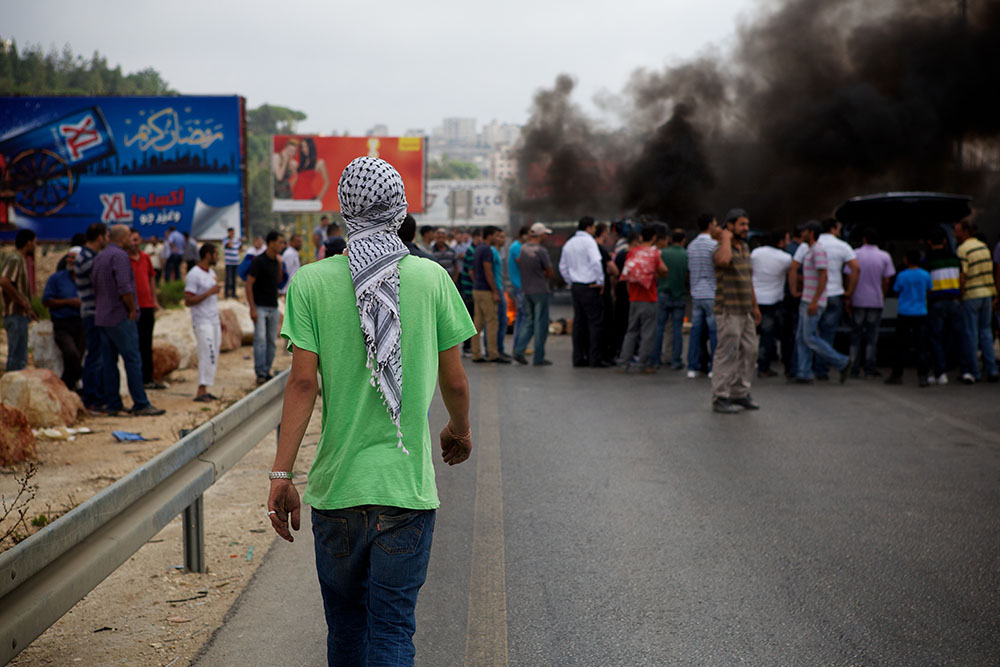During last summer, the economy was teetering on the edge of collapse due in part to the question of whether or not the debt ceiling, a ninety-year-old government policy, would be raised before the United States hit its limit. The main theory propping up the continued use of the debt ceiling has been the belief that it prevents unrestricted spending by the government. St John’s University Professor Anita S. Krishnakumar argues in her Harvard Journal on Legislation article, “In Defense of the Debt Limit Statute” that “The debt limit statute encourages legislators to consider the interests of the general public and future generations, rather than those of special interests, and thus acts as an important institutional check on party and interest group politics.”[i] While in theory, the debt ceiling provides an institutional check on governmental spending, in practice, the policy’s utility as a check on spending is debatable.
To understand the issue at hand, it is important to know the history behind the statutory limit on debt. The debt ceiling was created as part of the Second Liberty Bond Act of 1917, which at the time was used to finance the US’ entrance into World War I. Prior to the enactment of this law, the US Congress had general authority to approve any Treasury transaction which would result in additional government borrowing. With this authority, the Congress also made a determination about how many bonds could be issued by the treasury, as well as their maturity date and the amount of paid interest.[ii]
Such a policy sounds acceptable to most outside observers; however, having each economic transaction by the Treasury subject to the review of Congress puts necessary measures for financing the government at the hands of an extremely slow working, deliberative body. Thus, the Second Liberty Bond Act was meant to alleviate this inertia in the process by setting predetermined separate limits on categories of debt such as bonds and certificates. By 1939, the Congress eliminated the separate limits and implemented an aggregate limit that covered all public debt created by the treasury.[iii]
Exact figures give a numerical sense of how much the debt limit has evolved: the original limit was set at 11.5 billion[iv], which would be more than $263 billion today[v]. Because of the most recent extension, the ceiling currently stands at $15.194 trillion (equivalent to about $857 billion dollars in 1917). Much of the early-expanded growth in debt occurred because of the costs incurred by World War II. In 1939, our debt ceiling stood at $45 billion, but by 1945, that number had increased six-fold to nearly $300 billion. Since then, Congress has enacted at least 80 separate alterations to the federal debt limit, the vast majority of which were increases due to continuous years of budget deficits.[vi]
There are several issues with the validity of the debt ceiling as a structural check. One major question about the validity of the debt ceiling’s use as the check against growth in the national debt arises from this review of the law’s history. It is questionable whether this legislation was originally meant to be used as a way to protect against government borrowing at all. From the reexamination of how the policy came into existence, it seems as though the debt ceiling was originally intended to provide the National Treasury with additional borrowing autonomy as it no longer had to have Congress approve every transaction. By instituting a borrowing limit, the Congress allowed the Treasury Department the authority to borrow continuously until hitting the limit, in order to pay for the cost of World War I.
Further, the history of the legislation notwithstanding, there is another issue with the idea that the debt ceiling can stop the growth of debt. The debt ceiling as a protection against the amassment of debt is an almost paradoxical argument when considering that the debt ceiling can be raised by an act of Congress. While a static debt ceiling would prevent the increased growth of debt, the US system has a dynamic limit. There is a good reason for the ability to raise the debt limit: it prevents the United States from defaulting on its debt payments. However, because raising the debt ceiling is such a necessity, its role as a barrier to debt growth is diminished almost entirely. Still, even beyond those two issues, might there still be some credence to the debt ceiling’s utility as a force on Congress to consider the long-term implications of the debt?
Krishnakumar’s main argument for keeping the debt ceiling is based on the ceiling providing a reason for Congress to consider the size of the debt every time they must move to raise the limit. This theory of the debt ceiling’s utility was tested during the summer of 2011, when raising the debt ceiling became the focus of Washington. However, the prolonged debate about the debt ceiling did not provide a benefit for the nation, and arguably made a terrible situation even worse.
The 2011 debt debate occurred as the threat of default loomed overhead. This threat of default was caused largely by discussions occurring within weeks of the actual deadline, as opposed to the ideal situation of a few months prior to the deadline. Due to the degree of uncertainty in whether or not the debt ceiling would be increased on time, rating agencies began to consider the United States as being at risk for default.[vii]
While the discussion Krishnakumar envisioned may have occurred to a degree, the heated and rushed nature of the discussion contributed to a negative result on economic instability. The utility of the debt ceiling as a facilitator of debate is questionable when the ensuing debate creates high levels of uncertainty among US Treasury Bond holders. This uncertainty led Moody’s Analytics, a credit rating firm, to proclaim that the United States should eliminate the debt ceiling.
According to Moody’s, one of the main flaws in the United States system is that the United States is the only nation in the world, other than Denmark, to have a firm limit on debt. Since the United States had historically raised the debt ceiling with ease, the limit was not been considered as creating risk for the United States to default on its debt obligations.[viii] The creation of uncertainty surrounding the fear that the ceiling would not be raised on time was the dominant reason for credit rating firm Standard & Poor’s (S&P) to lower the credit rating of the United States from an AAA rating down to an AA+. One notable statement on the issue by S&P was the claim that, “the effectiveness, stability, and predictability of American policymaking and political institutions have weakened at a time of ongoing fiscal and economic challenges to a degree more than we envisioned when we assigned a negative outlook to the rating.”[ix] The instability of having a statutory limit on debt was perceivable through the debt limit debate and the negative reaction of S&P.
In 2011, the United States nearly defaulted on its debt due to a statutory limit on borrowing that had been in place since the early twentieth century. While originally designed to allow for more Treasury flexibility, it has since become a sizable economic burden. Were the debt ceiling to remain US policy, there would need to be massive changes in order to prevent the mass influx of risk that it can create when handled at the last minute. One possible solution would be to replace the current ceiling cap, which may only continue until 2013 at the latest, with a much higher limit to last more than a decade. However, also within the higher limit, a trigger mechanism where in automatic cuts would be made if the maximum limit were reached. This would not only prevent default, but it may also force a substantive, long-term debate over the fiscal situation of the nation. Whatever is done about the debt limit, it cannot stand at its current capacity unless the nation wants the debates and inherent economic consequences of 2011 become an annual occurrence.
[i] Anita S. Krishnakumar, “In Defense of the Debt Limit Statute,” Harvard Journal on Legislation, vol. 42, 2005, p.137
[iii] U.S. Congressional Research Service. The Debt Limit:
History and Recent Increases (RL31967; April 29, 2008), by D. Andrew Austin. Text in: LexisNexis® Congressional Research Digital Collection; Accessed: September 22, 2011.
[vi] U.S. Congressional Research Service. The Debt Limit:
History and Recent Increases (RL31967; August 3, 2011), by D. Andrew Austin, Mindy R. Levin. Text in: LexisNexis® Congressional Research Digital Collection; Accessed: September 22, 2011.



